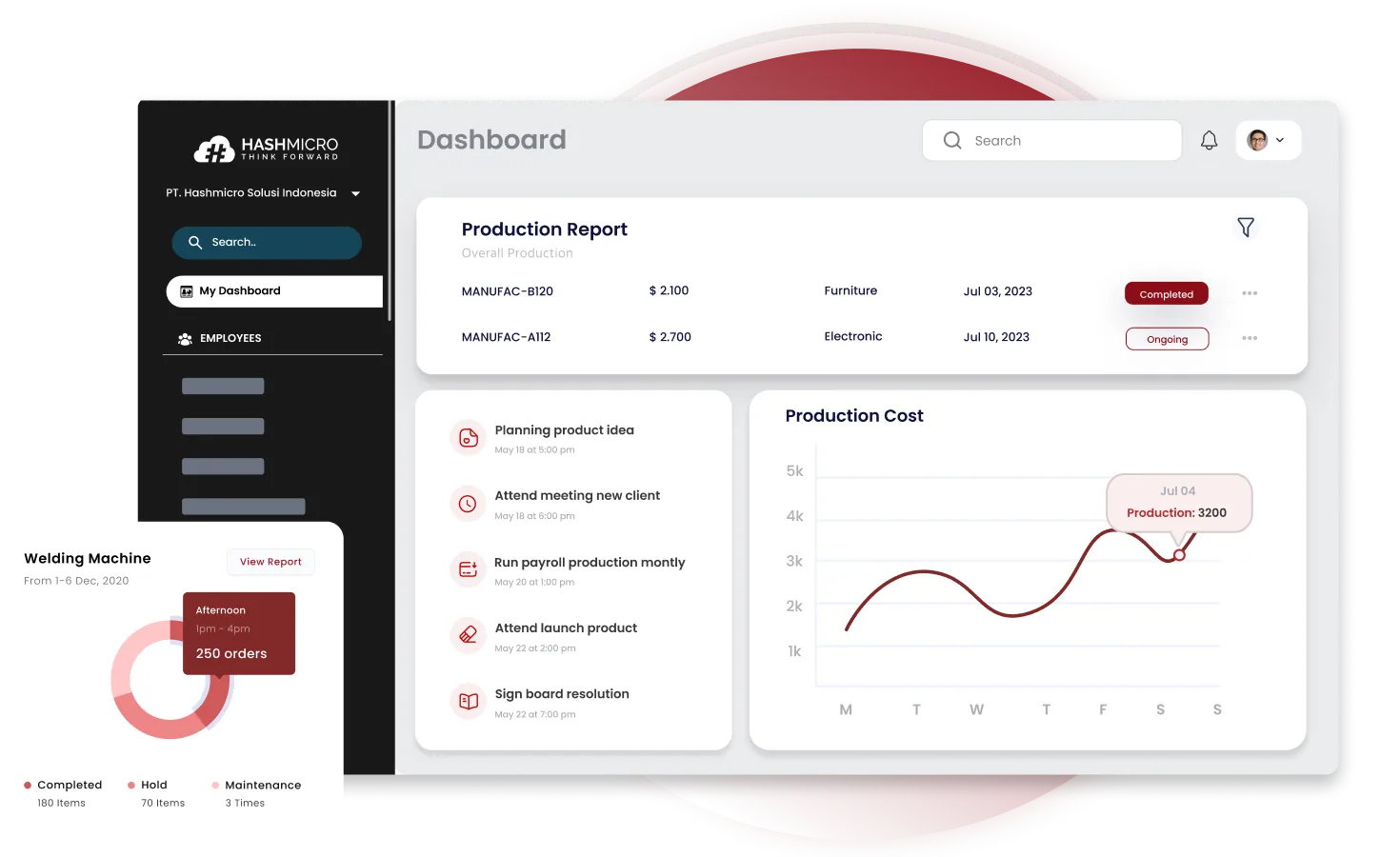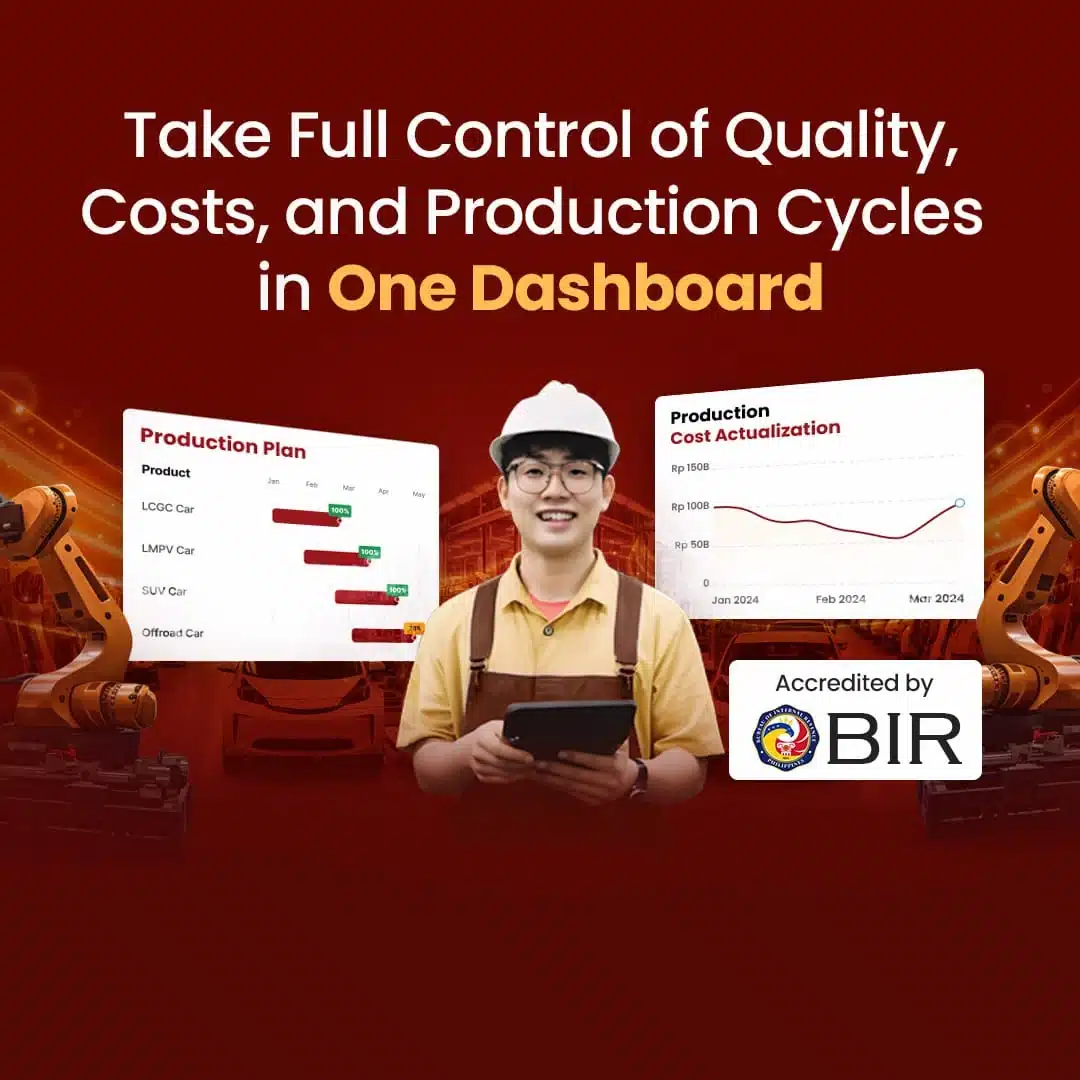Imagine ordering complex custom equipment, only to realize your design files, client specs, and material data are scattered across spreadsheets, email threads, and local drives. This chaos leads to misaligned timelines, inflated costs, and frustrated clients, especially in industries like aviation, construction, and medical devices.
The Philippine manufacturing sector contributes around 16–19% of GDP and employs over 3.5 million workers, with key growth in electronics, machinery, and aerospace components . This underscores strong demand for custom-built products, yet many local firms still rely on manual processes prone to errors.
To overcome this challenge, many manufacturers adopt the Engineer-to-Order (ETO) model supported by ERP systems. This article explains how ETO works, its pros and cons, and real examples. Matututunan mo rin kung paano software tulad ng HashMicro can streamline complex custom manufacturing.
Key Takeaways
|
Table of Contents
What is Engineer-to-Order?
Engineer-to-Order (ETO) is a manufacturing approach in which each product is designed, engineered, and produced based on specific customer requirements. In this model, the final product configuration is not fully defined at the time of order placement.
The ETO model is typically used for highly customized and complex products. These products often require a detailed collaboration between the customer and manufacturer during the design and development stages. This makes ETO suitable for industries where tailored solutions are essential.
Engineer-to-Order Process
In an engineer-to-order environment, collaboration between customers and the manufacturing team is crucial to delivering a product tailored to specific needs. The process follows several key steps that ensure accuracy and quality from start to finish:
1. Identifying customer needs and configuration
The sales and engineering teams work closely with the customer to define the technical and functional requirements of the product. This phase often uses CPQ (Configure, Price, Quote) software to create visual and financial clarity. The configuration ensures the solution aligns with client expectations before detailed work begins.
2. Finalizing the design plan
Engineers prepare comprehensive documentation, including 2D or 3D drawings, material lists, and component details. The design reflects both performance standards and customization needs. Once the client signs off, the design becomes a production-ready blueprint.
3. Procuring required materials
Materials and components are sourced from approved suppliers based on quality, cost, and delivery time. This step may require coordinating with multiple vendors, especially for unique or high-spec parts. Accurate sourcing ensures availability and supports seamless production timelines.
4. Manufacturing
The actual manufacturing begins with assembling sourced components according to final specifications. Depending on the complexity, the work may be done manually or through automated systems. Manufacturing software is used to monitor progress and ensure process consistency.
5. Conducting quality checks
Each unit is subjected to thorough inspections and tests to confirm that it functions as intended. This may include performance testing, safety checks, and quality control benchmarks. Any discrepancies are resolved before proceeding to delivery.
6. Delivery
The finished product is packed, shipped, and installed based on the agreed timeline and delivery terms. Coordination is essential to ensure a smooth transition from production to customer use. Post-delivery support may be included depending on the client’s agreement.
Advantages of Engineer-to-Order
This approach provides several practical advantages that make it a strong choice for businesses offering customized solutions:
- Tailored product delivery: ETO enables manufacturers to deliver products that closely match customer specifications. This makes it easier for businesses to meet specialized needs and offer distinct value.
- Leaner inventory management: Because production starts after an order is confirmed, businesses can reduce or eliminate excess inventory. This improves cost efficiency and minimizes waste.
- Stronger customer involvement: From initial design to final delivery, it helps clients stay engaged throughout the process, improving communication and trust while ensuring the Bill of Materials aligns with their expectations.
- Higher perceived value: ETO products are often viewed as premium due to their personalized nature. Customers are willing to invest more in something built specifically for their operations.
- Clearer demand forecasting: Since orders are made based on real-time requests, planning and resource allocation become more precise. This results in better production flow and fewer delays.
With all these benefits, ETO requires the right system to deliver consistent results. HashMicro helps optimize every stage from design to delivery with full visibility. Click here to see how HashMicro simplifies complex engineer-to-order projects.
Disadvantages of Engineer-to-Order
While ETO brings flexibility and personalization, it also comes with several operational and financial challenges that businesses must be prepared to handle:
- Longer lead times: Because each product is designed from the ground up, the entire production cycle takes more time. This can lead to longer wait times for customers and may not suit time-sensitive projects.
- Complex project management: Managing ETO projects often requires coordination between multiple departments, including engineering, procurement, and production. Without proper planning, this can increase the risk of delays and communication breakdowns.
- Higher production costs: The custom nature of ETO means more time and resources are spent on design and prototyping. This can raise the overall cost per unit compared to standardized production methods.
- Resource constraints: Engineering teams may struggle with capacity as they juggle multiple custom projects simultaneously. This can result in slower turnaround times and increased pressure on staff.
- Dependency on customer input: Since customer specifications are crucial to the process, delays in feedback or approval can stall the entire project. Inconsistent communication can also lead to costly rework or missed expectations.
Engineer-to-Order Examples
ETO is widely used in industries where off-the-shelf solutions don’t provide the flexibility or precision needed for critical operations. Below are real-world examples of how this model is applied across different sectors:
1. Industrial machinery
Factories in industries like packaging, automotive, or electronics often require machinery built for specific tasks. A company might request a conveyor system customized for a narrow facility layout. This level of adjustment ensures the equipment fits and functions perfectly in the existing production flow.
2. Aerospace components
Aircraft manufacturing demands parts that are highly specialized and comply with strict regulations. For instance, a supplier may design landing gear tailored for a particular aircraft model. The design must also meet international safety and performance standards.
3. Large-scale construction
Projects like power plants or bridges must adapt to the geographical and environmental conditions of the site. A solar power facility in rural Luzon, for example, may need unique structural support to withstand local wind patterns. These projects are designed from the ground up to ensure long-term safety and efficiency.
4. Medical devices
Hospitals and clinics often need patient-specific devices to meet healthcare standards. A diagnostic imaging machine could be tailored for a small urban clinic with space limitations. These products must also comply with medical certification standards in the Philippines.
5. Defence systems
Military-grade equipment typically requires features suited to national defence requirements. For example, a communication system used by the Philippine Navy might be engineered to resist extreme weather and interference. The customization ensures the system performs reliably in real-world scenarios.
Engineer to order vs Make to order
While both ETO and MTO models are based on customer demand, they follow different approaches when it comes to design, timing, and production complexity. The table below outlines the key differences between the two models:
| Aspect | Engineer to Order (ETO) | Make to Order (MTO) |
| Definition | Begins with undefined product specs based on customer input | Uses predefined designs tailored to customer demand |
| Lead Time | Longer lead times due to the design and engineering phase | Shorter lead times as the product is already designed |
| Design Involvement | Engineering starts after order confirmation | Engineering is typically completed before the order is placed |
| Customer Interaction | Requires deep collaboration during the design phase | Focuses more on efficient order fulfilment |
| Production Risk | Higher risk due to many unknown variables and project complexity | Lower risk with more predictable production workflows |
Engineer-to-Order ERP Software
Engineer-to-Order (ETO) ERP software is designed to support companies that manufacture complex, customized products based on specific client requirements. Unlike generic ERP systems, ETO-focused solutions integrate engineering and manufacturing tasks into a single unified system.
Below are some key features and benefits of ETO ERP software:
- Managing complexity: Supports custom product development, handles unique engineering specs, and manages complex BOMs and project-based manufacturing.
- Integrated processes: Connects engineering, sales, procurement, production, and finance to ensure seamless workflows using MRP software.
- Resource optimization: Improve inventory control, production scheduling, and resource allocation based on actual orders with a manufacturing ERP system.
- Enhanced collaboration: Facilitates internal coordination and client involvement during the design and development stages.
- Accurate documentation: Tracks engineering changes and maintains traceability to ensure consistency and compliance.
With these capabilities, ETO ERP software helps businesses improve efficiency, reduce risks, and boost profitability in a highly customized manufacturing environment.
Improve Your Engineer-to-Order with HashMicro Manufacturing Software
Engineer-to-order businesses frequently encounter challenges such as shifting project requirements, material delays, and inconsistent production timelines. Without the right system in place, these issues can result in missed deadlines, budget overruns, and dissatisfied customers. HashMicro Manufacturing Software is built to address exactly these challenges.
As a leading cloud-based solution in Southeast Asia, HashMicro helps manufacturers in the Philippines streamline their ETO operations from design through delivery. The platform provides centralized visibility into production progress, resource allocation, and cost tracking, all within an intuitive interface tailored for custom workflows.
Here are the key features that make HashMicro a perfect match for engineer-to-order businesses:
- Hashy AI: A smart virtual assistant integrated into HashMicro, Hashy AI enables users to generate reports, access project data, and get real-time support using a conversational chat box. It streamlines decision-making and boosts operational efficiency.
- Manufacturing Production Scheduling: Forecasts production needs based on previous orders and custom demand patterns. This helps engineer-to-order businesses avoid bottlenecks and meet unique delivery timelines.
- Manufacturing Requisition Planning: Automates material requests by aligning them with custom production designs. It ensures the right materials are available at the right time for each client-specific project.
- Quality Control: Maintains strict quality standards for each custom order with thorough testing and inspections. This is critical for engineer-to-order operations where every product may vary.
- OEE Tracking: Monitors equipment performance and identifies inefficiencies during custom production cycles. It helps businesses get the most out of their machines in variable, project-based workflows.
- Multi-Level BoM: Handles detailed and layered bill of materials suited to engineer-to-order assemblies. From subcomponents to final units, every part is tracked and managed clearly.
- Production Order & Work Order Tracking: Provides full visibility into the progress of each unique order. It ensures timely execution and supports better coordination between teams.
- Material, Labor & Overhead Costs Management: Tracks all elements contributing to production costs, helping businesses manage custom projects within budget.
Conclusion
Engineer-to-order operations demand precision, collaboration, and flexibility. Qualities that can be difficult to maintain without the right tools. Misaligned schedules, material shortages, or design errors can delay delivery and reduce profitability.
With HashMicro’s Manufacturing Software, businesses in the Philippines can streamline their ETO workflows, improve resource planning, and maintain real-time visibility from design to production. The platform empowers teams to deliver high-quality, custom products on time and within budget.
Explore how HashMicro can help your business stay ahead in a competitive manufacturing environment. Book a free demo today and experience how automation enables faster coordination, smarter production planning, and mahusay na kontrol sa custom manufacturing.
Question About Engineer to Order
-
What is the difference between engineer-to-order and configure-to-order?
Engineer-to-Order (ETO) involves creating entirely new product designs based on specific customer requirements, often starting from zero. Each order requires engineering input, making it ideal for complex, custom-built products.
Configure-to-Order (CTO), in contrast, uses pre-designed components that can be assembled in various combinations. Customers choose configurations from a set of options, making CTO faster and more scalable than ETO while still offering personalization. -
What is MTO in engineering?
In engineering, MTO refers to Make to Order, a production approach where standard product designs are manufactured only after customer orders are confirmed. It’s commonly used for items that don’t require custom engineering but still allow some level of personalization, like size or colour.
-
What is MTO in procurement?
In procurement, MTO (Make to Order) means purchasing raw materials or components only after a customer order is placed. This method helps reduce inventory costs and waste, but it may lead to longer lead times depending on supplier availability.












